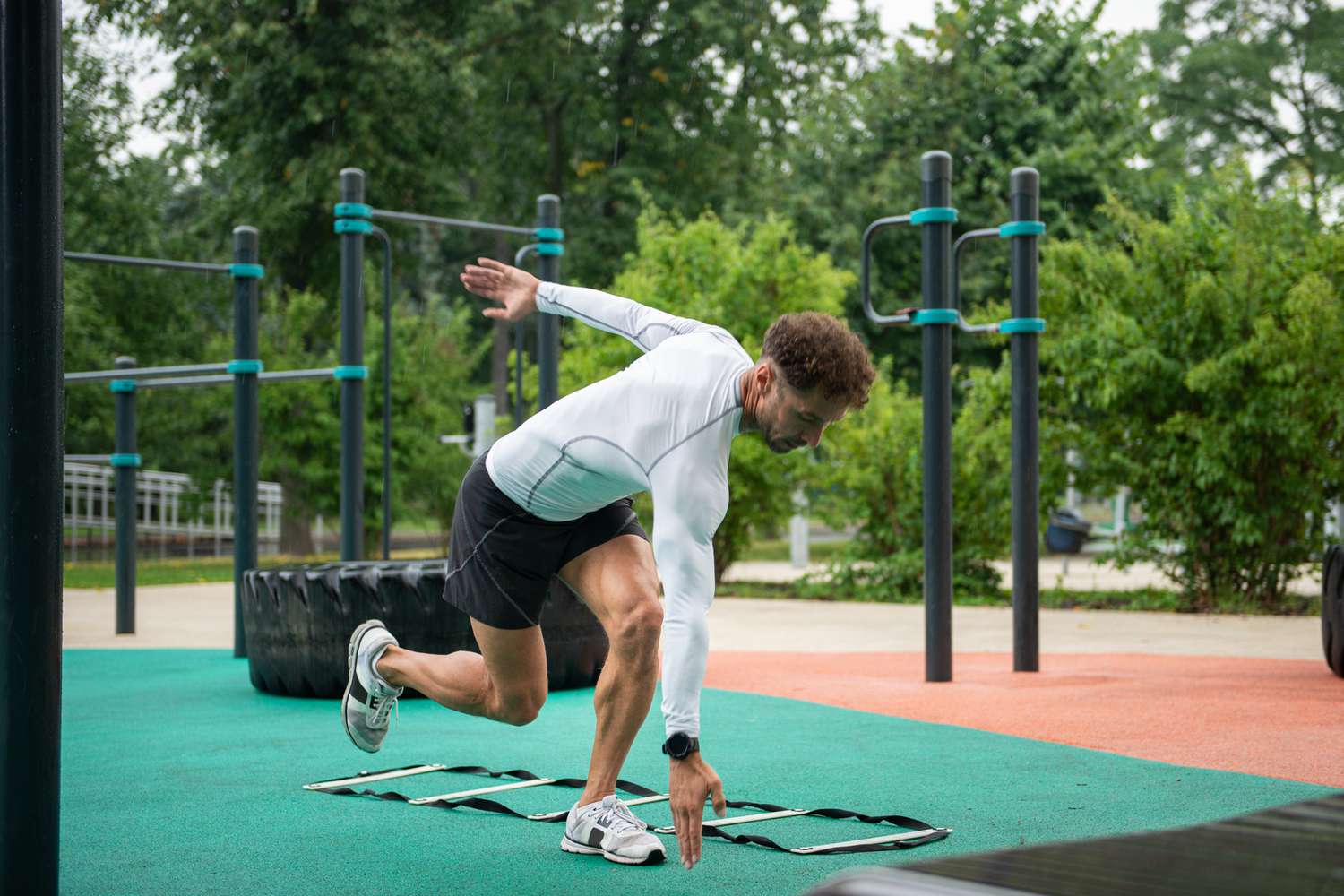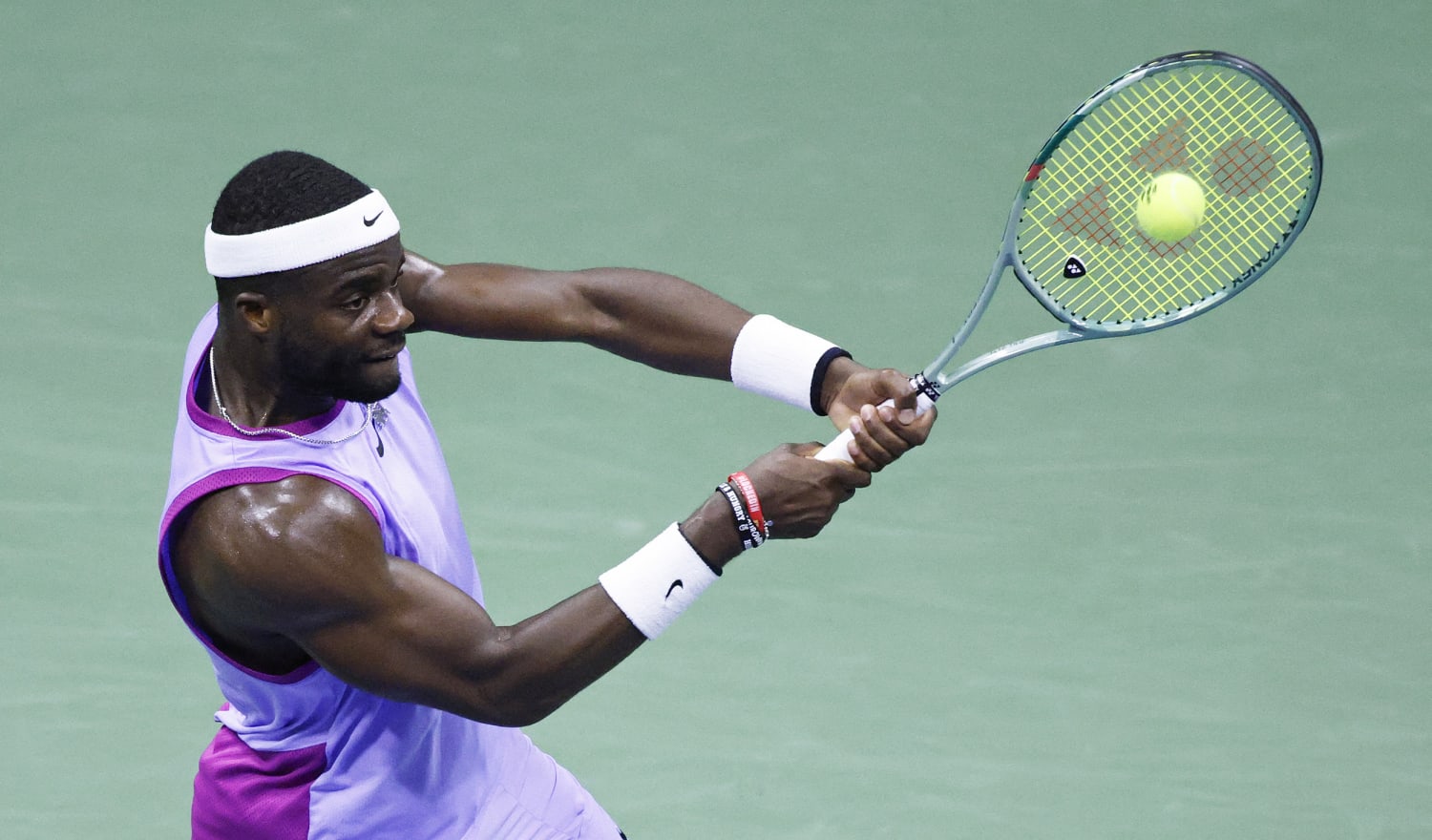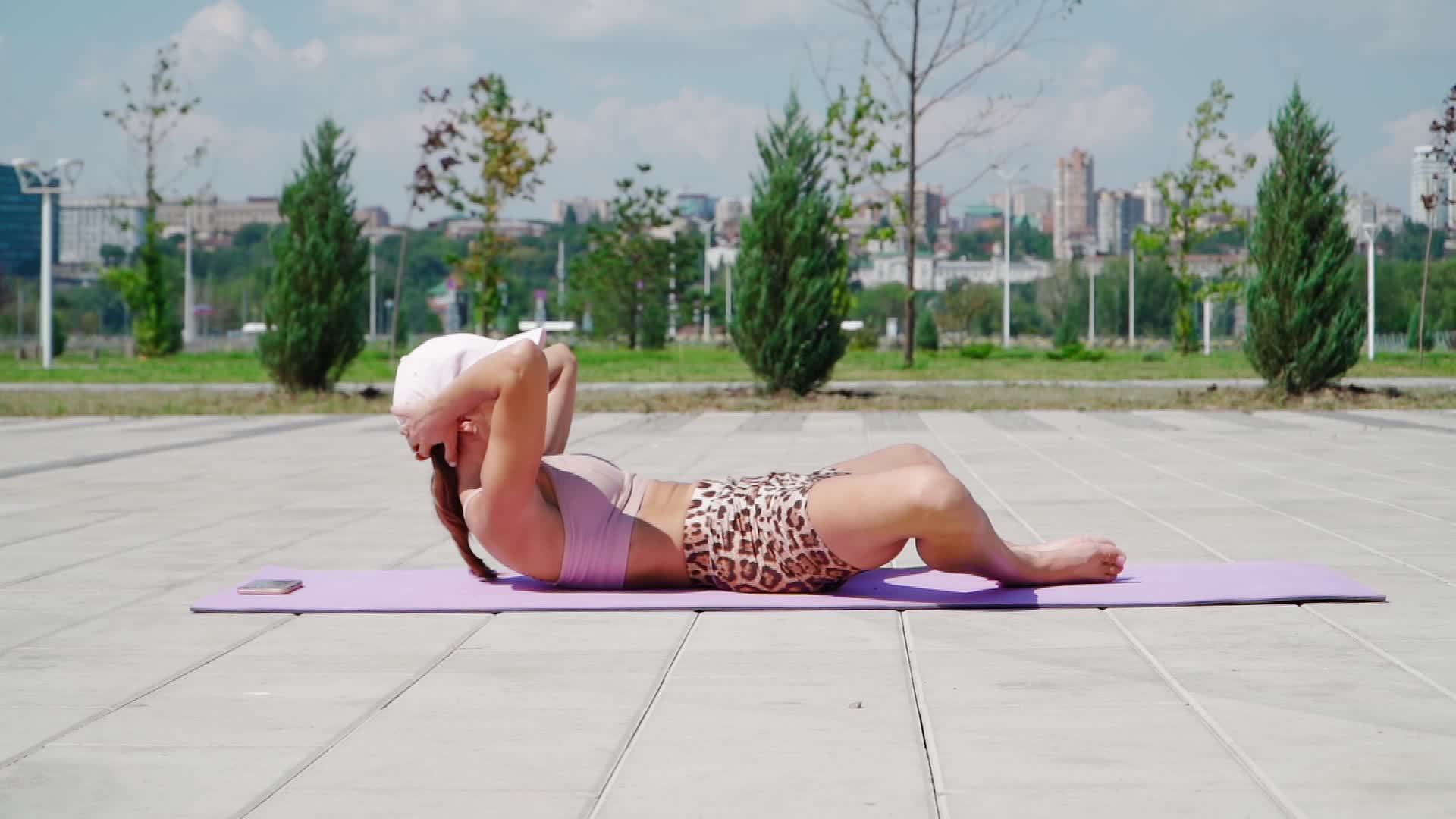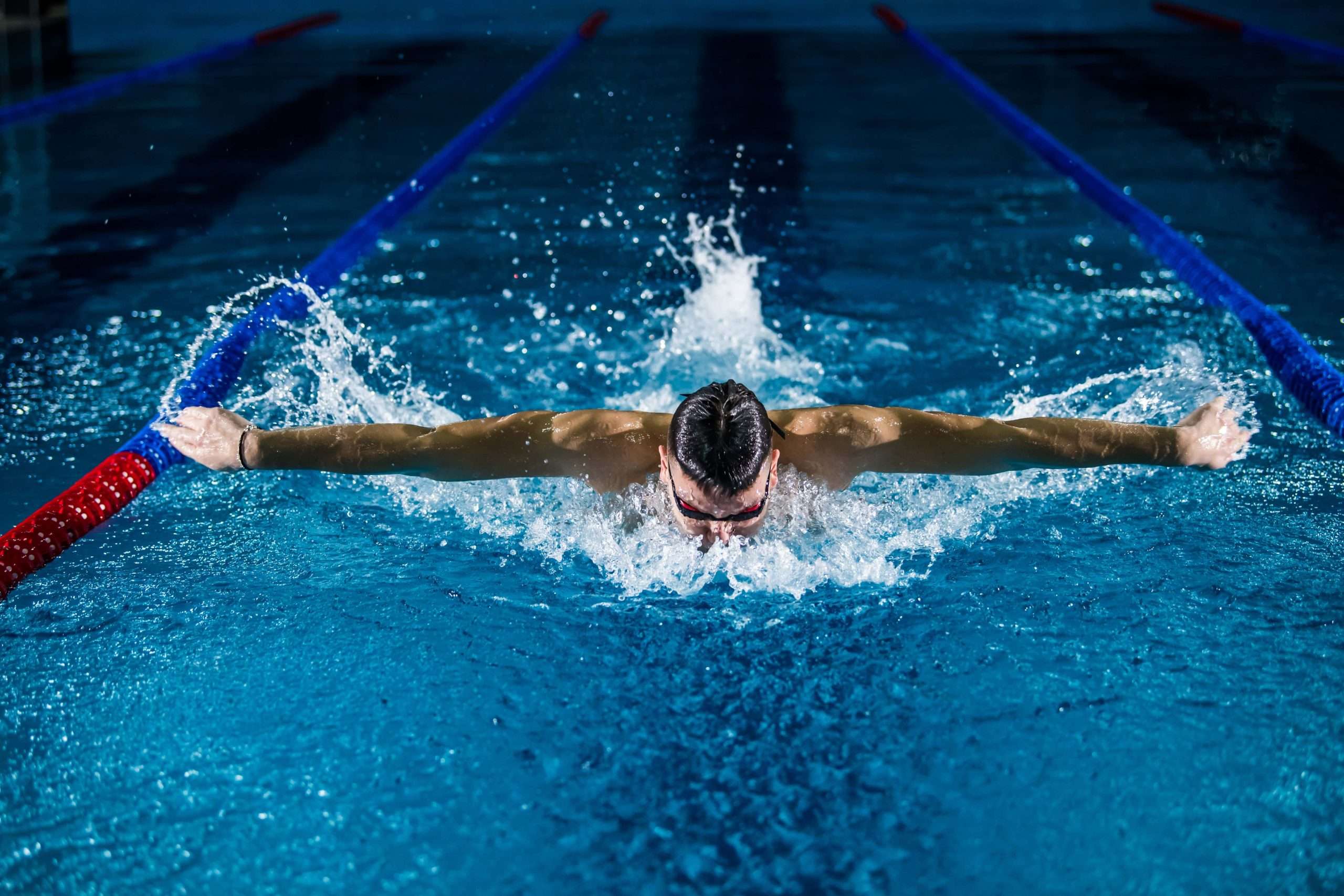Tennis requires a mix of strength, agility, and endurance. You need to be well-prepared physically to perform at your best during matches and practices. Incorporating specific exercises into your routine can greatly enhance your performance and reduce the risk of injury.
Focusing on key muscle groups will help you improve your game. This article explores six essential exercises designed for tennis players that can boost your strength and agility.
1) Split Squats
Split squats are excellent for building lower body strength. This exercise targets your quadriceps, hamstrings, and glutes, which are essential for powerful movements on the tennis court.
To perform a split squat, start by standing with one foot forward and the other foot back. Keep your back straight as you lower your body until your front thigh is parallel to the ground. Then push through your front heel to rise back to the starting position.
You should feel the work in your front leg. It’s important to keep your knees aligned and not let them go past your toes. This helps avoid injury.
You can increase the challenge by adding weights. Holding dumbbells or a barbell will enhance strength and stability.
Incorporating split squats into your routine will improve your ability to sprint, change direction, and enhance overall performance. They help build the strength needed for effective serves and powerful groundstrokes.
2) Medicine Ball Slams
Medicine ball slams are a powerful exercise for tennis players. They help build strength and explosiveness, which are important for swinging hard and moving quickly on the court.
To perform a medicine ball slam, stand with your feet shoulder-width apart. Hold the ball high above your head. Engage your core as you slam the ball down to the ground.
Follow through by bending your knees and hinging at your hips. Catch the ball on the bounce and repeat the motion for several reps. This exercise not only builds strength but also improves coordination and endurance.
You can adjust the weight of the medicine ball based on your fitness level. Start with a lighter ball and work your way up as you gain strength. Incorporating medicine ball slams into your training can give you an edge in your game.
3) Kettlebell Swings
Kettlebell swings are a powerful exercise that can enhance your tennis performance. This movement targets your hips, glutes, core, and shoulders, helping to build strength and endurance.
To perform a kettlebell swing, stand with your feet shoulder-width apart. Hold the kettlebell with both hands and bend slightly at your knees. Swing the kettlebell between your legs, then thrust your hips forward to swing it up to shoulder height.
Keep your back straight and engage your core throughout the exercise. This engagement will stabilize your body and prevent injury. Aim for a smooth, controlled motion instead of using your arms to lift the weight.
Kettlebell swings also improve your cardiovascular fitness. Doing sets of swings will raise your heart rate and build stamina, crucial for long matches on the court.
Incorporate kettlebell swings into your training routine. They provide a complete workout that improves power and conditioning, making you a more dynamic player.
4) Single-Leg Deadlifts
Single-leg deadlifts are a great exercise for tennis players. They help improve balance, strengthen the legs, and enhance hip stability.
To perform this exercise, stand on one leg. Hold a dumbbell in the opposite hand. Slowly bend at your hip, lowering the weight toward the ground. Keep your back straight throughout the movement.
As you lower the weight, extend your free leg straight back to help maintain balance. Focus on feeling your hamstring and glutes engage. Then, push through your standing heel to return to the starting position.
Aim for 6-8 repetitions on each leg. This will build strength while also activating your core, which is essential for tennis movements.
Incorporating single-leg deadlifts into your routine can offer significant benefits. They prepare your body for the demands of playing tennis, improving your overall performance on the court.
5) Lateral Lunges
Lateral lunges are an excellent exercise for tennis players. They help improve strength in your legs and hips, which are crucial for quick movements on the court.
To perform a lateral lunge, start by standing with your feet shoulder-width apart. Step to the side with one leg while bending that knee. Keep your other leg straight and your body upright.
Make sure to push back to the starting position using the lunging leg. You can do this exercise with body weight or add dumbbells for extra resistance. This can increase the challenge as you get stronger.
Aim for 3 sets of 10 to 12 repetitions on each side. Lateral lunges also help enhance your balance and stability. This is important when you are changing directions during a match.
Incorporating lateral lunges into your training routine can lead to better performance. You will move more confidently and quickly on the court.
6) Rotational Cable Pulls
Rotational cable pulls are excellent for developing the core muscles needed in tennis. This exercise mimics the twisting motion used during your swing.
To perform this exercise, set the cable pulley to the height of your abdomen. Stand sideways to the machine with your feet shoulder-width apart. Grip the handle with both hands.
Engage your core and pull the cable across your body. Focus on using your core to generate the force, not just your arms. This helps build strength in your rotational movements.
Make sure to control the movement. Avoid swinging the handle too quickly. You want to feel the muscles working throughout the pull.
Incorporate rotational cable pulls into your training routine. Aim for sets of 10 to 15 repetitions on each side. This will help improve your power and stability on the court.
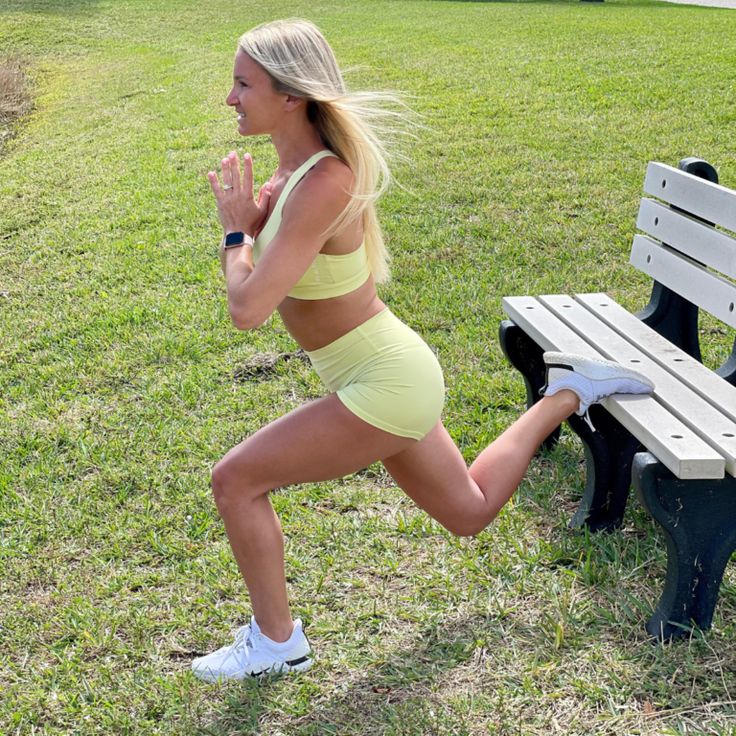
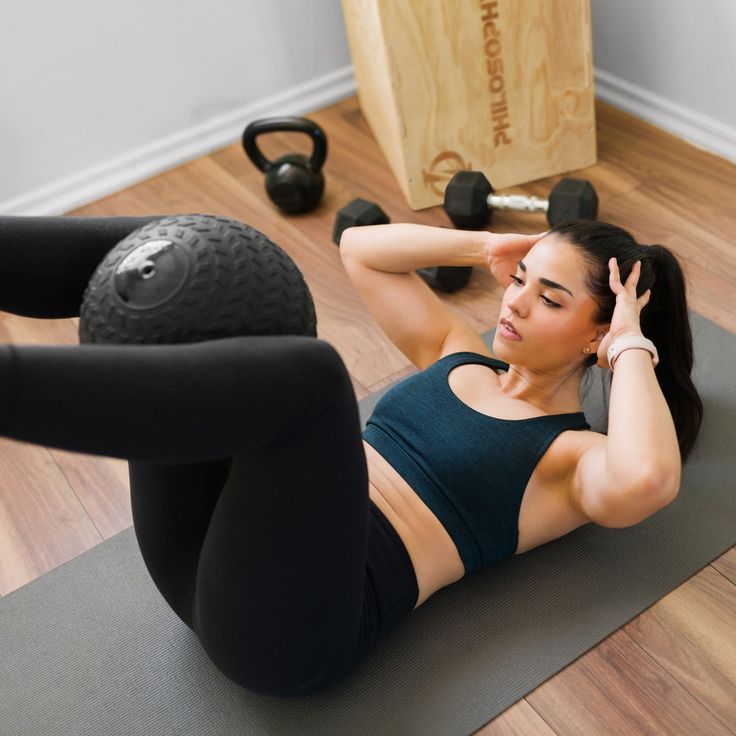
The Benefits of Tennis-Specific Exercises
Engaging in tennis-specific exercises offers various advantages that can enhance your performance on the court. These exercises focus on developing the key physical attributes necessary for success in tennis, like agility, endurance, and strength.
Improving Agility and Speed
Tennis demands quick movements and rapid changes in direction. Exercises aimed at improving agility help you respond faster during matches. Shuttle runs, lateral hops, and cone drills are effective ways to boost your footwork.
These drills train your muscles to react quickly, allowing you to reach the ball in time. Improved foot speed gives you a competitive edge, helping you position yourself better for your shots.
Incorporating agility exercises into your routine can reduce reaction time significantly. As a bonus, better agility helps prevent injuries by strengthening your stabilizing muscles around joints.
Enhancing Endurance and Stamina
Tennis matches can be long and physically demanding. By focusing on endurance, you’ll be able to maintain a high level of play throughout the match.
Exercises like interval runs or circuit training improve cardiovascular fitness. This allows you to recover faster during breaks and maintain energy levels during long rallies.
Building stamina is crucial for your performance in the later stages of a match. Stronger endurance means you can hit more powerful shots, even when fatigue sets in. Regular stamina training also reduces the risk of injuries and enhances your overall athletic performance.
Importance of Core Strength
Core strength is crucial for tennis players. A strong core stabilizes your body, allowing for better movement and balance. It reduces injury risk and enhances your performance on the court.
Reducing Risk of Injury
A strong core supports your spine and pelvis, which is vital for absorbing shock during play. As you make quick movements, a stable core helps maintain proper form. This decreases the chances of strains or sprains.
For tennis players, injuries often occur in the lower back, shoulders, and knees. By building core muscle strength, you create a stronger support system for these areas. Incorporating core exercises into your routine helps you stay agile while minimizing injury risks.
Some effective core exercises include:
- Planks: Strengthen your entire core.
- Russian Twists: Improve rotational strength.
- Mountain Climbers: Enhance mobility and coordination.
Improving Stroke Power
A strong core contributes directly to your stroke power. When you serve or hit a forehand, your core acts like a bridge between your upper and lower body. Strength in this area allows for better energy transfer during your strokes.
Engaging your core during every shot stabilizes your movements. This extra stability leads to more powerful and accurate shots. If your core is weak, your strokes may lack the required force or precision.
To boost your stroke power through core training, focus on exercises that promote stability and rotational strength. Examples include:
- Medicine Ball Throws: Engage your core while adding power.
- Cable Woodchoppers: Mimic the twisting motion used in strokes.
By improving core strength, you enhance your overall game.
